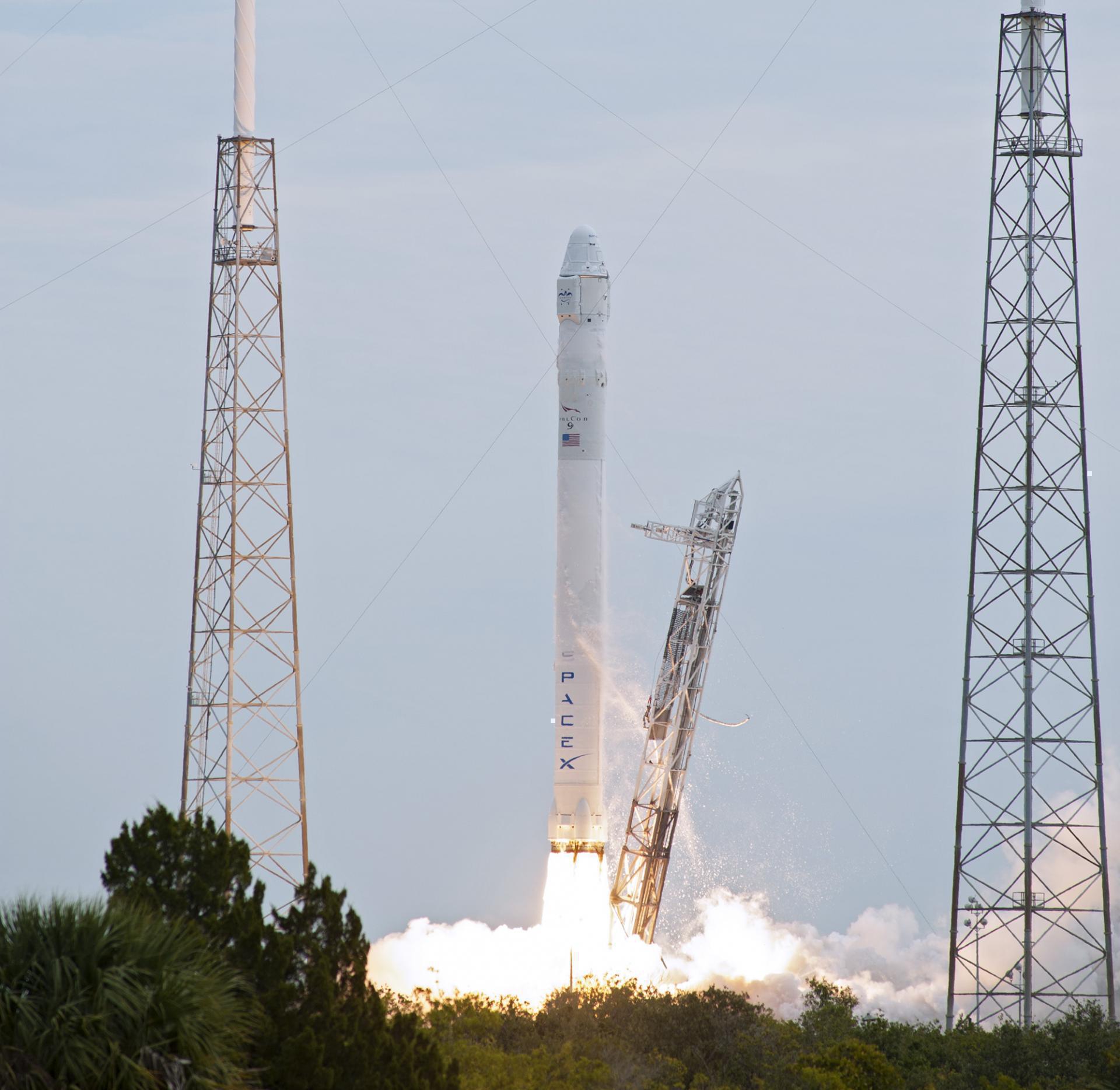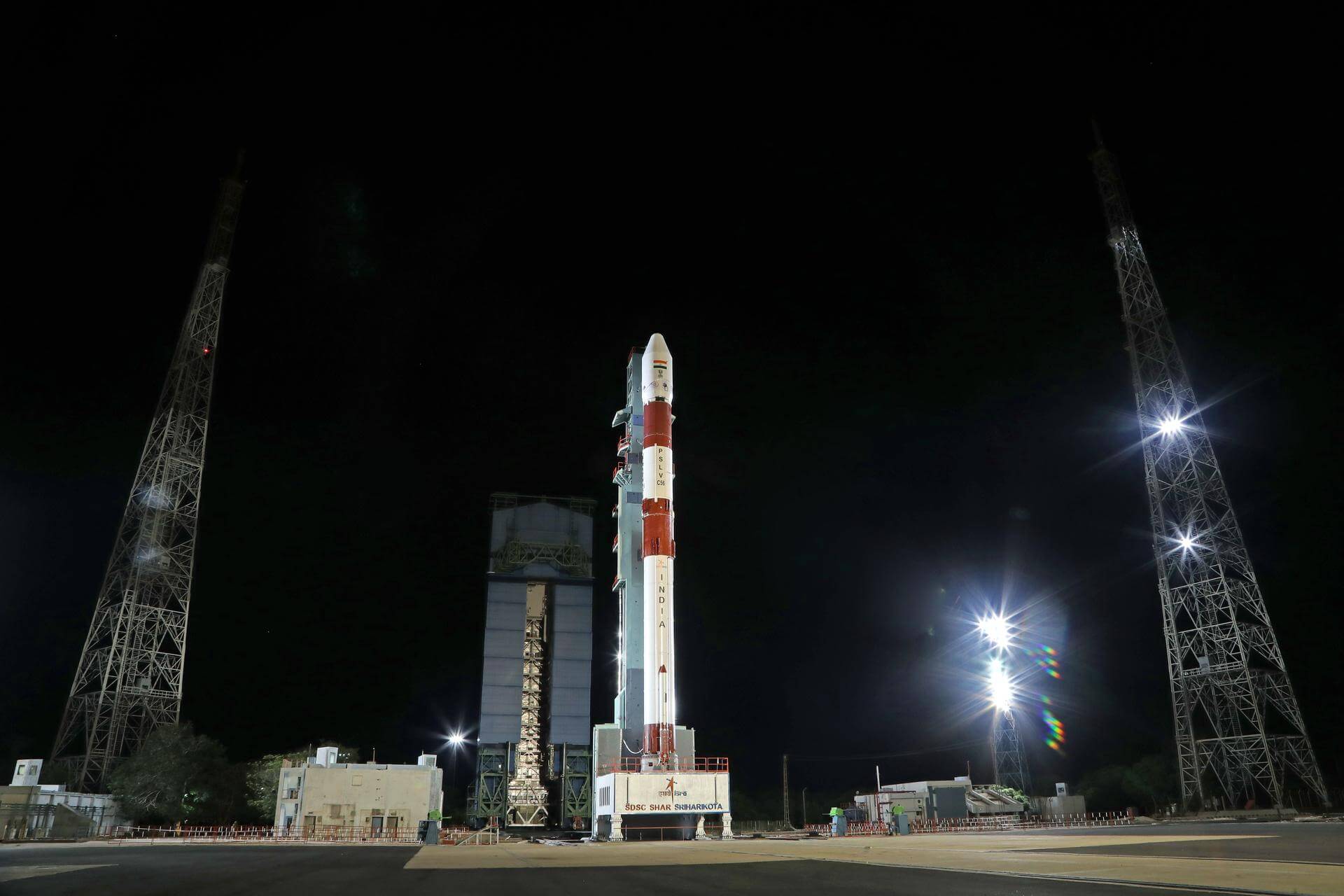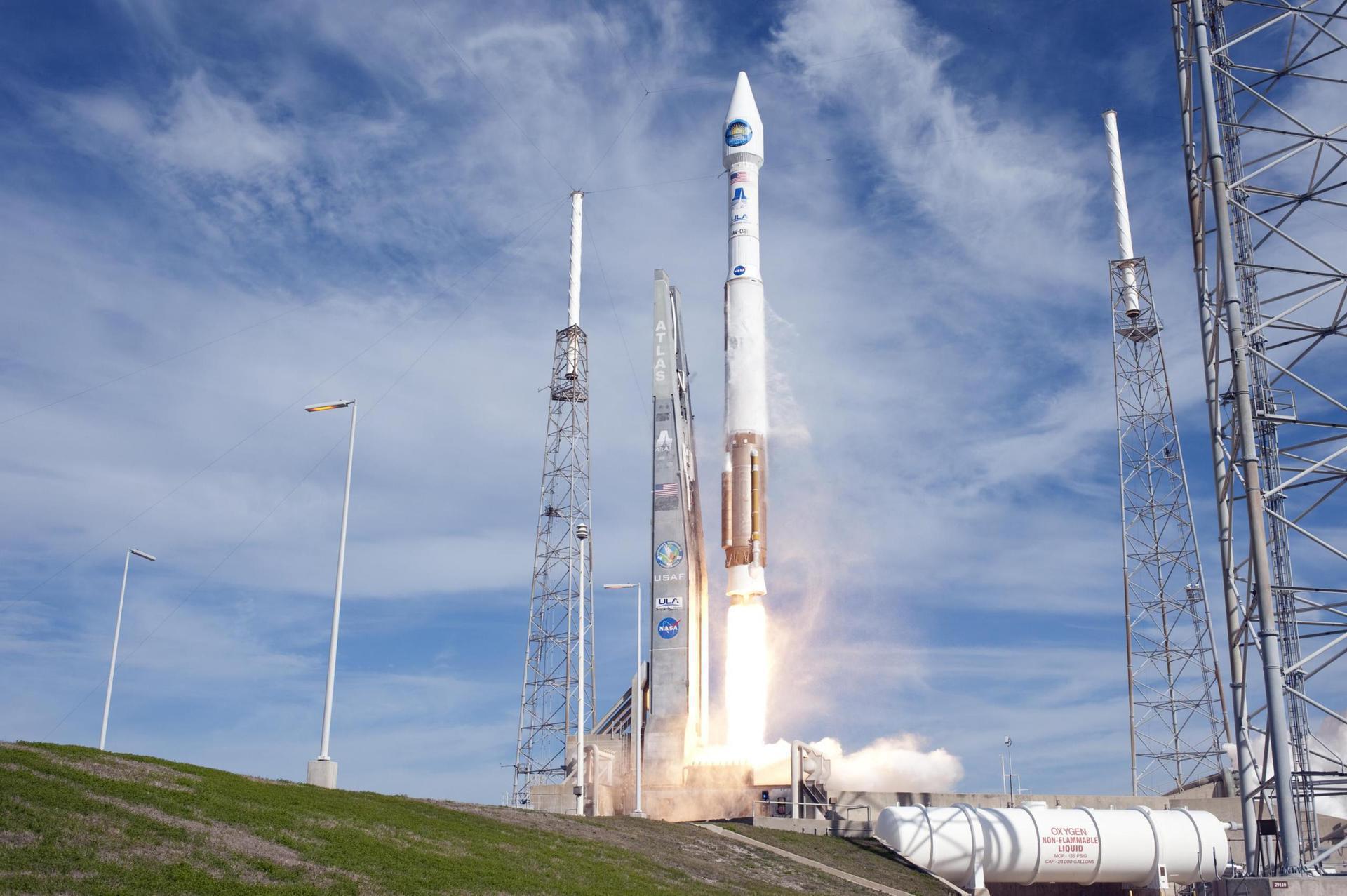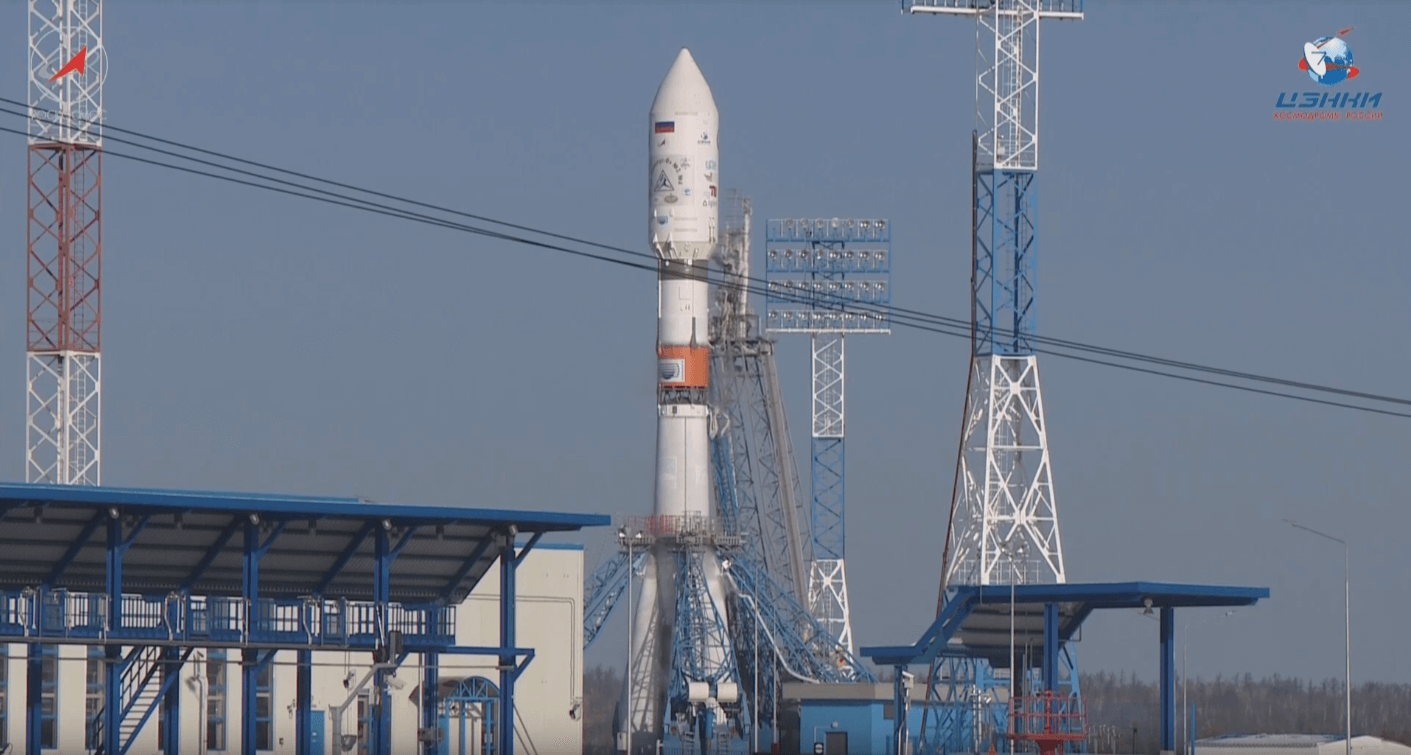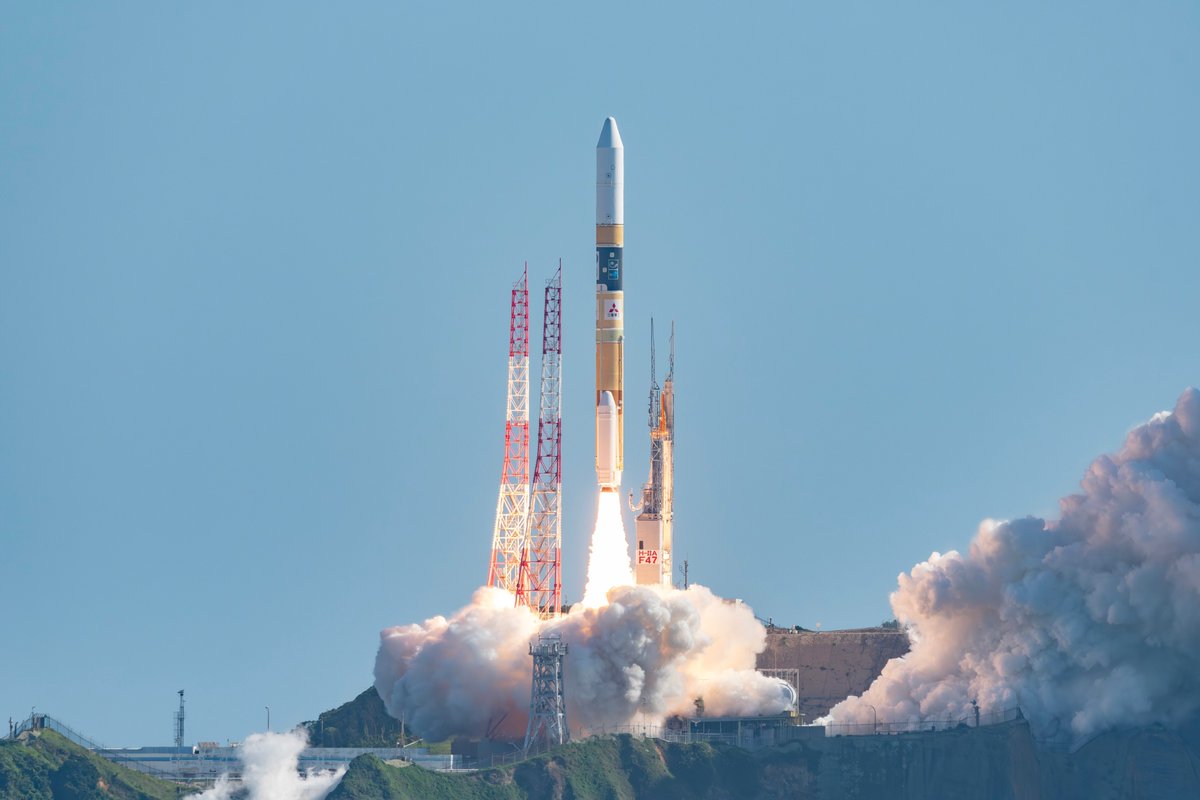Previous Spaceflight Launches
Filter by Agency, Locations or Vehicles
Show All LaunchesFalcon 9 v1.0 | SpX CRS-2
SpaceX | United States of AmericaCape Canaveral SFS, FL, USA
March 1, 2013, 3:10 p.m.
Status: Launch Successful
Mission:
This was the fourth flight for SpaceX's uncrewed Dragon cargo spacecraft, the fifth and final flight for the company's two-stage Falcon 9 v1.0 launch vehicle, and the second SpaceX operational mission contracted to NASA under a Commercial Resupply Services contract. The launch occurred on March 1, 2013. A minor technical issue on the Dragon spacecraft involving the RCS thruster pods occurred upon reaching orbit, but it was recoverable. The vehicle was released, splashed down, and recovered by SpaceX.
Low Earth Orbit B0007 - Maiden Flight Atlantic OceanPSLV-CA | SARAL
Indian Space Research Organization | IndiaSatish Dhawan Space Centre, India
Feb. 25, 2013, 12:31 p.m.
Status: Launch Successful
Mission:
SARAL or Satellite with ARgos and ALtiKa is a cooperative altimetry technology mission of Indian Space Research Organisation (ISRO) and CNES (Space Agency of France). SARAL is tasked to perform altimetric measurements designed to study ocean circulation and sea surface elevation.
Sun-Synchronous OrbitAtlas V 401 | Landsat 8 (DCM)
United Launch Alliance | United States of AmericaVandenberg SFB, CA, USA
Feb. 11, 2013, 6:02 p.m.
Status: Launch Successful
Mission:
Landsat 8 is an American Earth observation satellite launched on 11 February 2013. It is the eighth satellite in the Landsat program; the seventh to reach orbit successfully. Originally called the Landsat Data Continuity Mission (LDCM), it is a collaboration between NASA and the United States Geological Survey (USGS). NASA Goddard Space Flight Center in Greenbelt, Maryland, provided development, mission systems engineering, and acquisition of the launch vehicle while the USGS provided for development of the ground systems and will conduct on-going mission operations. It comprises the camera of the Operational Land Imager (OLI) and the Thermal Infrared Sensor (TIRS), which can be used to study Earth surface temperature and is used to study global warming.
Sun-Synchronous OrbitSoyuz-U | Progress M-18M (50P)
Russian Federal Space Agency (ROSCOSMOS) | RussiaBaikonur Cosmodrome, Republic of Kazakhstan
Feb. 11, 2013, 2:41 p.m.
Ariane 5 ECA | Azerspace-1/Africasat-1a & Amazonas 3
ArianeGroup | FranceGuiana Space Centre, French Guiana
Feb. 7, 2013, 9:36 p.m.
Status: Launch Successful
Mission:
Azerspace-1/Africasat-1a is Azerbaijan's first satellite in space, it covers Europe and a significant part of Asia and Africa, it transmits TV, radio and broadband from 46 degrees East. Amazonas 3 is a communications satellite owned by Hispasat from 61 degrees West.
Geostationary Transfer OrbitSoyuz-2.1a/Fregat | 6 x Globalstar-2
Progress Rocket Space Center | RussiaBaikonur Cosmodrome, Republic of Kazakhstan
Feb. 6, 2013, 4:04 p.m.
Zenit 3SL | Intelsat-27
Sea Launch | RussiaSea Launch
Feb. 1, 2013, 6:56 a.m.
Atlas V 401 | TDRS-K
United Launch Alliance | United States of AmericaCape Canaveral SFS, FL, USA
Jan. 31, 2013, 1:48 a.m.
Status: Launch Successful
Mission:
TDRS-11, known before launch as TDRS-K, is an American communications satellite which is operated by NASA as part of the Tracking and Data Relay Satellite System, which provides a multitude of communications services to a wide variety of missions.
Geostationary Transfer OrbitNaro-1 | STSAT-2C
Korea Aerospace Research Institute | South KoreaNaro Space Center, South Korea
Jan. 30, 2013, 7 a.m.
H-IIA 202 | IGS Radar 4 & IGS Optical 5V
Mitsubishi Heavy Industries | JapanTanegashima Space Center, Japan
Jan. 27, 2013, 4:40 a.m.
Status: Launch Successful
Mission:
The IGS Radar 4 & Optical 5V (Intelligence Gathering Satellite) are Japanese radar and optical reconnaissance satellites. The satellites are operated by the Cabinet Satellite Information Center. The satellites serve both Japan's national defense and civil natural disaster monitoring.
Sun-Synchronous Orbit